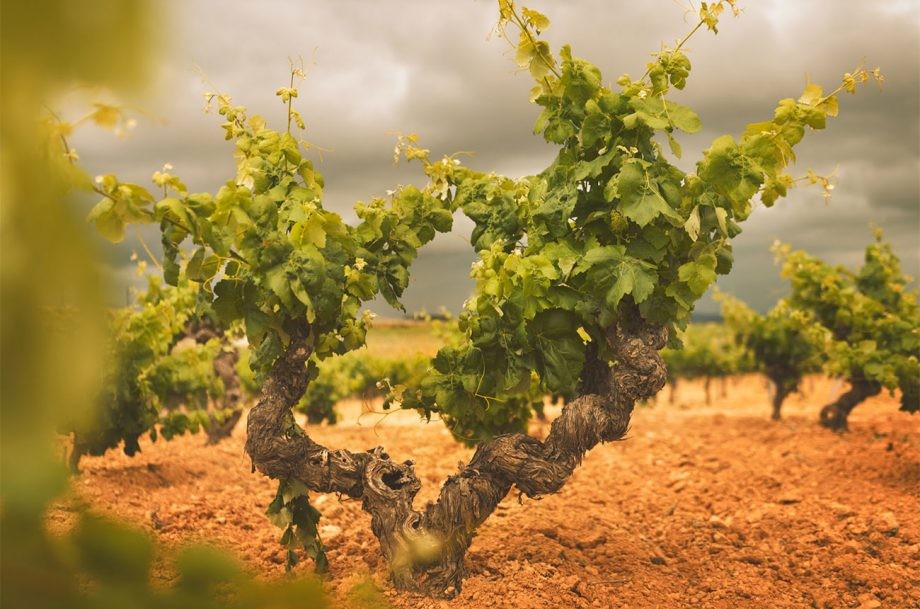In partnership with the DO Utiel-Requena.

Spain’s Bobal grape is a distinctive native variety that finds its best expression in its heartland of Utiel-Requena. Simon Field MW offers a guide。
More and more grape varietals are now stepping into the limelight, reflecting the increasing curiosity of drinkers – particularly younger wine lovers in search of something new. Sometimes these varietals are rare, hard to identify and, often, shockingly hard to pronounce. Bobal, on the contrary, has a secure birthright, extensive plantings and, of course, a friendly name!
The name (pronounced ‘bow-bal’) comes from the Latin, ‘bovale’ meaning ‘in the shape of a bull’s head’. This reflects the fact that the Bobal grape cluster is tightly packed in a very distinctive shape, which could indeed be said to look similar to a bovine head.
Bobal is a child of the Levant, its homestead the western Mediterranean DOs of Ribera del Jucar, Manchuela and, most significantly, Utiel-Requena, where it flourishes on hillsides of up to 900m, located 70km inland from the sea. The altitude of this DO makes it the coolest of the Levant regions and lends a structure to its wines, which is well suited to this globally warming world.
Monastrell and Garnacha are also planted in this part of Spain, but the former can be fiercely tannic and ponderous, while the latter can make wines that are low in acidity and somewhat high in alcohol. Bobal avoids such perils: its acidity robust and refreshing; its structure powerful for sure, yet never too heavy or too heady. Instead its fine, crisp acidity and relatively low pH help to create age-worthy, complex wines.
In Utiel-Requena Bobal has a long and distinguished history; amphorae and limestone lagares from as far back as the 7th century BCE bear witness to its origins. In more recent history, there was a tendency to fashion robust and undistinguished ‘doble pasta’ styles of Bobal. Literally meaning ‘double pulp’, this referred to the practice of adding extra grape skins and pulp to fermenting grape juice. This was superseded by a strong bulk wine market and it is only relatively recently, that a true recognition of the varietal’s inherent value and undoubted appeal have emerged.
In Utiel-Requena Bobal makes up over 70% of plantings; impressively 55% of those vines are over 40 years of age. Tempranillo, Syrah, Merlot, Cabernet Sauvignon and Garnacha are all present too, but they play second fiddle to Bobal, which, by some distance, is the king here.
Discovering the wines themselves makes it easy to understand why this is the case. The grape is resistant to drought and mildew (oidium and mildium in this region) and its thick skin and deep colour ensure impressive levels of anthocyanins and tannins alike.
The resulting wine is high in resveratrol, a natural antioxidant, and, equally importantly, has a genuinely attractive fruit character; raspberry, black cherry and blueberry to the fore, with a luxuriantly silky mouthfeel and discretely persuasive yet perfectly ripe tannins. Distinctly Iberian, for sure, but with a twist of acidity to refresh and ensure a potential to age.
Spain’s second most-planted red varietal is a gem and deserves greater recognition on the international stage.
Translated by ICY
All rights reserved by Future plc. No part of this publication may be reproduced, distributed or transmitted in any form or by any means without the prior written permission of Decanter.
Only Official Media Partners (see About us) of DecanterChina.com may republish part of the content from the site without prior permission under strict Terms & Conditions. Contact china@decanter.com to learn about how to become an Official Media Partner of DecanterChina.com.


Comments
Submit